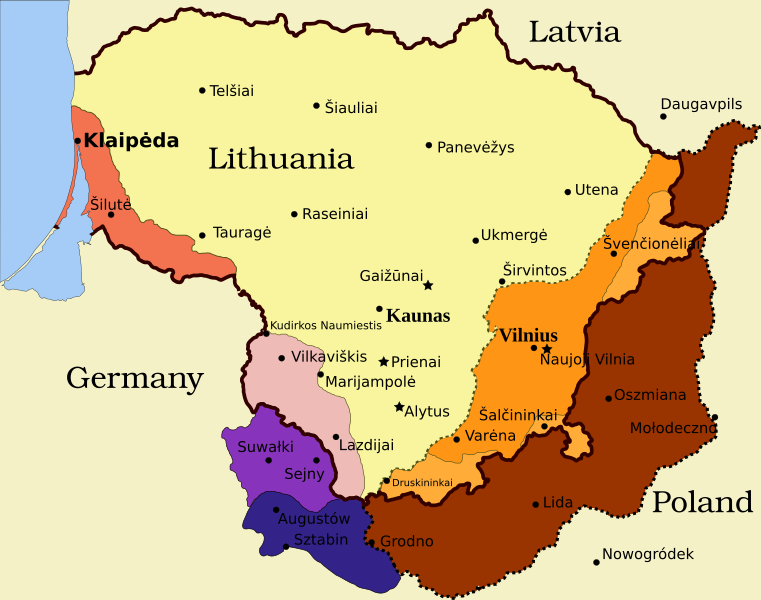 |
| Great Aunt Nellie Block's residence in 1950 |
Nellie
Block (?-1950) was the oldest sister of my paternal grandfather Isaac
Burk (1882-1943).
I've been chasing her backstory for a long time. Thanks to records I found from 1904, 1905, 1910, and 1950, I know a bit about Nellie. Now I thought I would get some good clues from her death certificate.
At the time of her death, my great aunt was living in this tenement in the Brownsville section of Brooklyn, New York. I searched the
NYC Municipal Archives tax photos to see what her building looked like then, and it looks very much the same today.
Unfortunately, this was the most concrete piece of evidence I gleaned from Nellie's death cert.
Ordering Nellie's Death Certificate
Technically, only relatives can see a New York City death certificate from 1950. I therefore explained on the order form that I am Nellie's grand-niece, and included what I know about her. I sent $15 and a self-addressed, stamped envelope (an SASE, remember?).
After waiting six weeks, I got back a note asking for additional info: date of birth, place of birth, name of funeral home, name of cemetery. In other words, I had to tell the NYC Municipal Archives details that would prove I was her great niece--details that would, of course, be on her death cert.
Luckily, I knew enough about her that I was able to convince authorities to send me her death cert after another wait of six weeks. The cert arrived
exactly four months after my original request. I ripped it open as soon as it arrived...hoping to learn some new news. I was encouraged to see that the informant was one of her younger brothers, Meyer
Berg (1883-1981). Yes!
New News About Nellie
Meyer told authorities that his sister Nellie was
widowed. What? This was news to me. (But I have some ideas I can follow up...)
Nellie's occupation was "house wife." She worked in the fur trade when she first arrived, according to Census records. That was long before Social Security, so I'm not surprised she had
no Social Security number. How was she making ends meet so many years later?
Nellie was born in Russia
* and was still a citizen of Russia at the time of her death. Supposedly, she was living in New York City for 60 years, as you can see in this excerpt from the cert.
So no naturalization papers to find, no Social Security application to request. Another issue: I doubt she was in America as early as 1890.
The best guess, from info on Census records, is that she arrived between 1893 and 1899. She was the first of her siblings to arrive in North America, based on what I've found out about her brothers and sister.
This early arrival would, in my mind, lend credence to the idea of her being married already when she arrived in New York City. So far, I haven't been able to find her name on a passenger list for either Castle Garden or Ellis Island. Possibly she came through Canada, which is where two of her brothers arrived. I'll have to explore further.
Confusion Instead of Clues
According to Nellie's brother, the informant on this cert, her father was "Sholam Block" and her mother was "Norma Block." I definitely recognize these first names.
However, if Nellie was widowed after being married to a man named BLOCK, why would her parents be shown with the surname of BLOCK?
Or was BLOCK her maiden name, a sound-alike for the surnames used by her siblings--Burk/Berg/Birk/Burke? Why would she be using her maiden name if she was widowed? No wonder I'm confused.
Nellie's brother estimated her age as 85, and that's the age shown on her gravestone. He supplied NO birth date. The physician attending her death, however, estimated her age as 87. Yet Nellie herself claimed to be far younger than that. In the 1905 NY Census, she said she was 27 years old. In the 1910 US Census, she said she was 31 years old. That would mean she was in her 70s when she died in 1950.
Based on Nellie's own statements, her estimated birth year would be 1878 or 1879. If I believe her brother, Nellie's birth year was 1865 (making her 18 years his senior). If I believe the attending physician at Kings County Hospital, her birth year was 1863.
Since Nellie's youngest sibling was born in 1891, and the oldest sibling I can document was born in 1877, I hesitate to fix her birth year as early as 1863-5. Even knowing that ladies often say they are younger than they really are, it seems more reasonable to guesstimate Nellie's birth year as being in the 1870s.
To be continued as I continue my research!
*Actually, she was born in what is now Lithuania, but was then part of Russia.







































